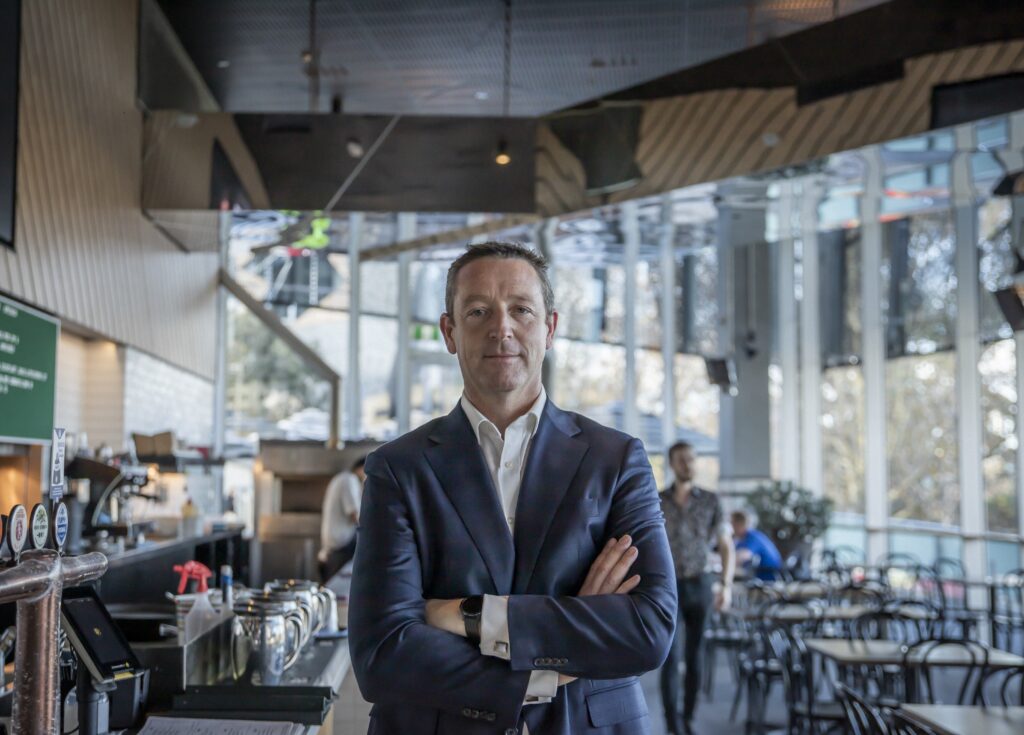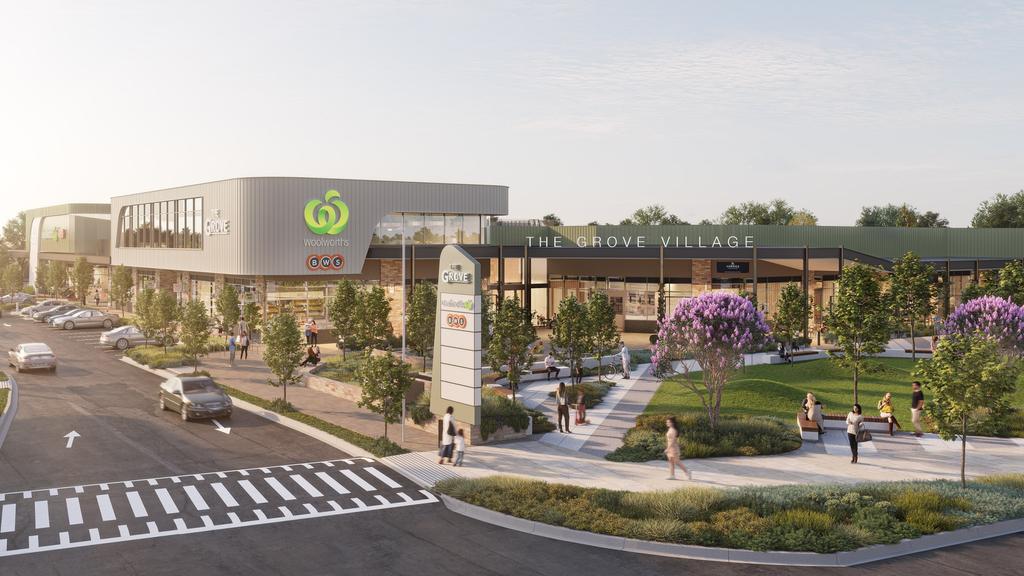While the Reserve Bank of Australia’s decision in February and again in May to implement cash rate reductions increased sentiment somewhat, further cuts are likely to be required to improve investor and consumer confidence. The wider softening of the market throughout 2024 following the 13th cash rate increase of the upward cycle is expected to stabilise during 2025 with the market awaiting further developments in relation to ongoing cash rate reductions and wider economic and geopolitical conditions.
In recent months consumer sentiment had been improving however in April 2025 confidence was significantly dampened following the announcement of tariffs by the US President including a ten per cent tariff on Australian goods together with the negative impacts on the Australian and overseas share markets. The Westpac-Melbourne Institute Consumer Sentiment Index fell by six per cent to a six-month low to 90.1 from 95.9 in March 2025. The survey indicated that consumers have a less positive outlook about family finances than in the previous month and only approximately 50 per cent of consumers surveyed believed interest rates would decrease in 2025. Many consumers remain concerned about the challenging year ahead for the economy and their personal financial situation.
The Australian Bureau of Statistics reported that monthly Australian retail turnover (seasonally adjusted) rose slightly by 0.3 per cent in March 2025 following minor rises in February of 0.2 per cent and January of 0.4 per cent. Every state and territory saw a slight rise in retail sales in the month to March 2025 except for Queensland. Retail turnover growth has remained relatively flat over the past 24 months as consumers are spending less on discretionary goods in response to cost-of-living pressures, high interest rates and economic uncertainty.

Reduced retail spending in addition to rising costs such as wages and energy put pressure on retailer affordability of rents and other outgoings. In many areas in Australia leasing conditions remain challenging and there will continue to be downward pressure on rents for some retail tenancies. There are positive signs with increased leasing activity levels evident in many retail precincts with landlords and tenants more willing to negotiate to achieve mutually agreeable outcomes.
During the past 12 months there have been positive signs of a retail rebound and increasing numbers of people within the major Central Business Districts (CBDs) including Melbourne, Sydney and Brisbane. Factors assisting the major CBD revival following the extended impacts of COVID-19 include increasing numbers of workers returning to offices, local and international university students back on campus and higher numbers of visitors in the evenings and weekends attending events and hospitality venues. Retail vacancy levels in the major CBDs, which had been very high in recent years, are now reducing. Hospitality, food and beverage and entertainment operators made up the largest proportion of new tenants over the past 12 months.
Construction activity including new shopping centres and redevelopments or extensions is showing signs of increasing throughout Australia during 2025. Many of the new shopping centre developments planned or underway are in the outer suburban residential growth regions including:
The Grove Shopping Centre in Tarneit, Victoria, a $70 million project due to commence in late 2025 which upon completion will comprise a neighbourhood shopping centre anchored by a Woolworths supermarket plus approximately 20 specialty stores including cafes and retail services; and
Stockland Providence town centre in Ripley Valley, Queensland which upon completion will comprise a Coles supermarket, a childcare centre, gym and approximately 21 specialty stores. Construction commenced in early 2025 with expected completion in mid-2026.
One of the major areas of focus for consumers is convenience and ease of access to shopping centres and experiences. It has been evident in recent years that supermarkets are being modified, expanded or redeveloped to include click and collect drive-through services and direct-to-boot facilities. Pacific Epping, a major regional shopping centre in the outer northern Melbourne suburbs was recently redeveloped to include new fresh food and casual dining options in addition to an upgraded Woolworths supermarket with expanded direct-to-boot facilities and a new Coles click and collect drive-through facility.
Expanded and upgraded fresh food precincts and dining areas have been a key trend in recent developments to meet consumer needs. A $485 million redevelopment at Australia’s largest shopping centre, Chadstone, was opened in early 2025. The Market Pavilion is a new fresh food and dining hub which includes over 50 retailers including specialty grocers and premium restaurants. A redevelopment at Chatswood Chase in Sydney which opened in late 2024 includes over 40 fresh food and dining retailers.
Also of note is an ongoing trend in the retail property sector of increasing mixed use development with many retail landlords seeking to redevelop or expand their properties to include the addition of other uses such as medical, child care, office and residential, particularly for those on large sites well-located next to transport hubs.









